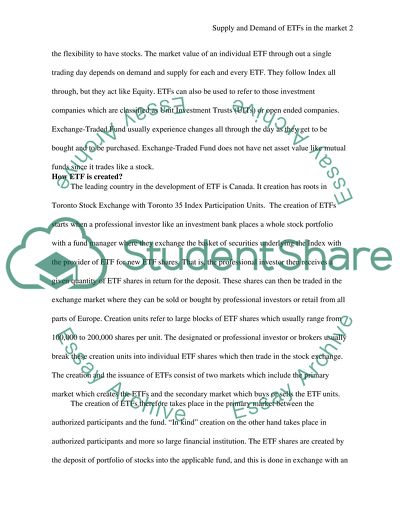Cite this document
(“Supply and Demand of ETFs in the market Research Paper”, n.d.)
Supply and Demand of ETFs in the market Research Paper. Retrieved from https://studentshare.org/macro-microeconomics/1616547-supply-and-demand-of-etfs-in-the-market
Supply and Demand of ETFs in the market Research Paper. Retrieved from https://studentshare.org/macro-microeconomics/1616547-supply-and-demand-of-etfs-in-the-market
(Supply and Demand of ETFs in the Market Research Paper)
Supply and Demand of ETFs in the Market Research Paper. https://studentshare.org/macro-microeconomics/1616547-supply-and-demand-of-etfs-in-the-market.
Supply and Demand of ETFs in the Market Research Paper. https://studentshare.org/macro-microeconomics/1616547-supply-and-demand-of-etfs-in-the-market.
“Supply and Demand of ETFs in the Market Research Paper”, n.d. https://studentshare.org/macro-microeconomics/1616547-supply-and-demand-of-etfs-in-the-market.


